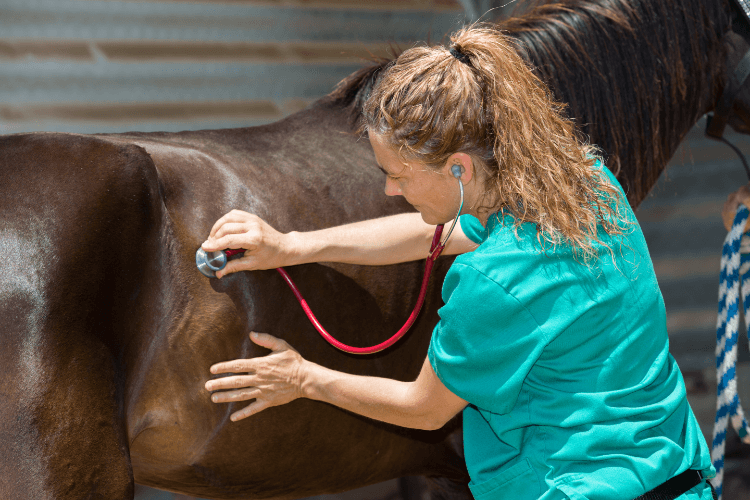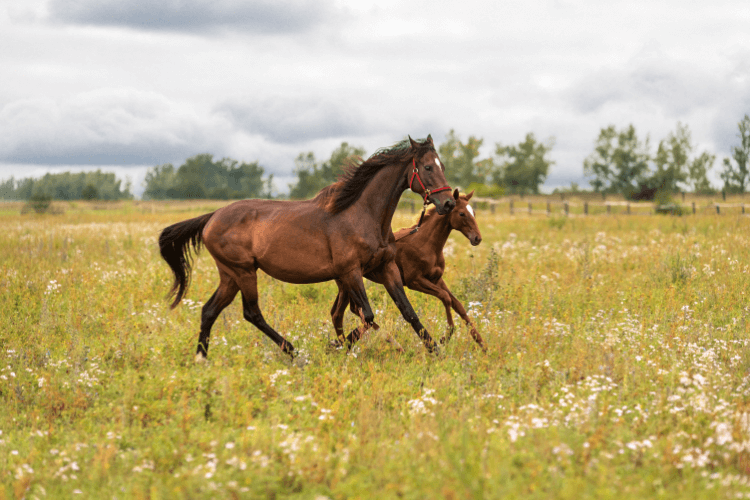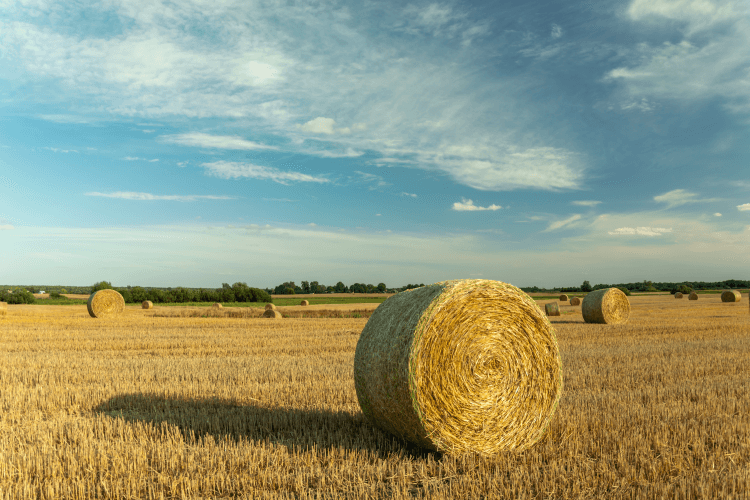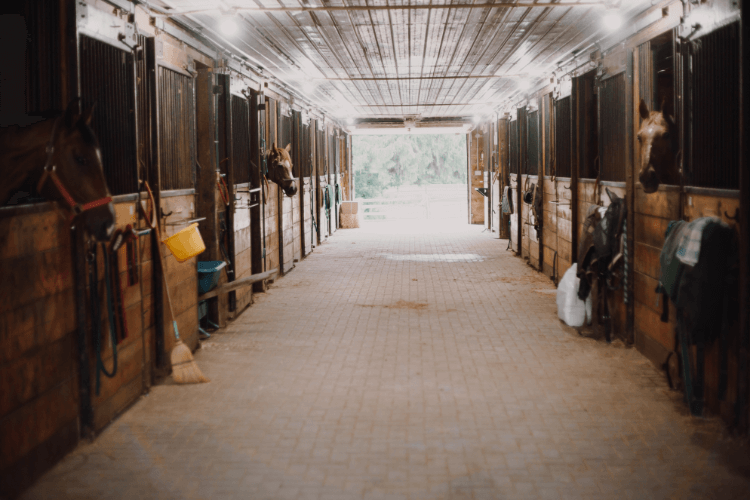Wednesday 8th September, 2021

When you were a kid, did you beg your parents for a horse constantly only to be always told it was too expensive? Well, your parents weren’t wrong – owning any animal can be a little pricey, but horses don’t have to be as costly as many people think they are.
The big price difference between owning a horse and any domestic pet is that a horse can’t live in your house and sleep on your sofa – but there are also other costs to take into consideration. Before buying a horse, it’s important to consider all the possible costs so you know you can afford to give them proper care. So, how much does owning a horse really cost?
Vet fees for any pet can be pricey, but horses are pretty low maintenance when things go well. If you have a fit and healthy horse, all they will need is regular worming and annual flu and Tetanus vaccines. The vaccines can cost between £30 and £50, plus another £30-50 for a vet call out. The regular de-worming should be done every couple of months, and it will usually cost £10-15 per treatment.
However, when a horse gets older or gets sick, vet fees can get very expensive very quickly. The best way to negate these costs is to get insurance. The cost of insurance will vary depending on your horses’ age and general health, plus the value of the horse or pony and the amount of cover you opt to go for. A basic plan will run at around £20 a month, and can potentially go up to £50 or more depending on your policy. The best way to find out how much insurance will cost you is to compare some quotes that fit your situation.

Costs for one off cases, like a mare in foal or a horse who needs antibiotics, will depend on the situation and on your vet, but these costs can again be negated by your insurance if needed. It’s important to remember though that your insurance premiums may rise year on year if you claim on your insurance a lot. If your horse has one-off health issues that you can cover out of pocket easily, it may save you money in the long run and keep your insurance for costs you can’t cover alone.
Vet and insurance costs together can therefore range from about £360 annually to £790, plus potentially extra for unaccounted for illness and injury, and medical supplies for minor injuries.
Your horse should have an annual dentist visit to make sure their chompers are healthy and strong. If your horse has healthy teeth and no sharp edges or other tooth issues, this will cost a base rate of £50-£70 annually. Any problems will of course add to this cost, but if dental is covered on your vet insurance you may be able to get some help with these costs.
Horse’s feet never stop growing. Their hooves are like toenails, and need regular trimming every two months or so. This usually costs about £25-£30 for trimming and around £50-£90 for shoeing per visit.
This means annually a farrier will cost anywhere from £150 to £720 annually.
The amount of feed your horse needs will depend of the type of horse you have, plus their size, age, and exercise routine.
For instance, a low-maintenance horse or pony living out in their pasture all year round and only taking light exercise might not need any additional feed, and can survive on grazing alone. Horses receiving regular or strenuous exercise will need additional feed in order to stay fit and strong. Stabled horses will need all of their food buying, as they cannot go out to graze.
Feed for one stabled horse will usually cost about £50 a month (£600 annually), depending on the feed you choose. Food costs for horses that only need a little additional feed will probably fall far below this, at about £20 a month, meaning that food costs will range from £240-£600 annually.

Hay and straw can be added into your food budget for horses that are stabled, and for the winter when grass is scarce. For 4 or 5 months of the year you’ll need to use hay as a supplement for grass, which costs about £40 per month.
A mixture of straw and shavings will be needed to make up an in-stable bed for horses that sleep indoors, which adds another £40-£60 per month.
This means that annually you need to add another £200 into the budget for feed in the winter months, and another £480-£720 annually for permanently stabled horses.

The cheapest way to keep horses is to have the land available at home. You can then invest in a mobile field shelter (which can be as cheap as £1000) or bespoke internal and timber shelters.
However, if you don’t have a big chunk of change for a one off spend on a shelter or stable, you’ll need to pay for somewhere to keep your horse. There are a range of options here to fit a range of budgets:

Any extra care needed for your horse will cost extra. If you think having your own stable may be the way forward for you, contact us here at Vale Stables to find out what we can do for you. We offer a range of pre-designed stables and outbuildings, as well as working with you to design bespoke stables that work for you. You can also use our pricing calculator to find out how much our stables may cost for you.
If you’re lucky enough that all your costs fall at the cheaper end of the spectrum and you have your own stable, your running costs for owning a horse could be only around £800-1000 a year. However, if you’re unlucky enough to fall at the more expensive end of the spectrum, owning a horse could cost somewhere in the realms of £3500-4000 a year. Obviously it’s also wise to budget a little safety bubble in case things go wrong. There are also optional extras like saddles and tack for horses that will cost more.
Every horse will cost a different amount to keep, depending on the horse and your personal situation. However, one thing that significantly cuts down costs is having your own stables. Give us a call today on 01789 766 533 so we can help you cut down your costs and own a horse for less!